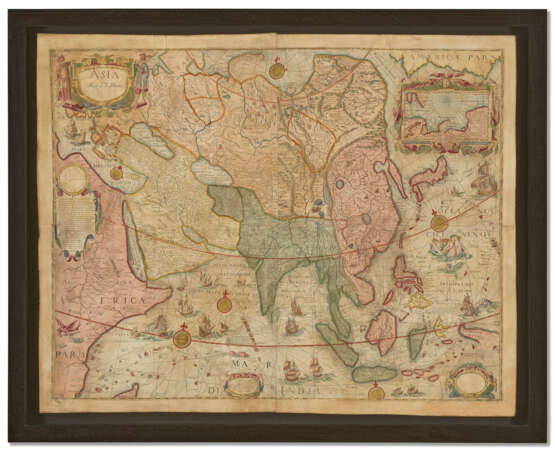ID 743667
Los 18 | Unrecorded wall maps of the four continents
Schätzwert
$ 100 000 – 150 000
| Herkunftsort: | Italien |
|---|---|
| Kategorie des Auktionshauses: | Karten und Atlanten |
| Herkunftsort: | Italien |
|---|---|
| Kategorie des Auktionshauses: | Karten und Atlanten |
| Adresse der Versteigerung |
CHRISTIE'S 20 Rockefeller Plaza 10020 New York Vereinigten Staaten | ||||||||||||||
|---|---|---|---|---|---|---|---|---|---|---|---|---|---|---|---|
| Vorschau |
| ||||||||||||||
| Telefon | +1 212 636 2000 | ||||||||||||||
| Fax | +1 212 636 4930 | ||||||||||||||
| Nutzungsbedingungen | Nutzungsbedingungen | ||||||||||||||
| Versand |
Postdienst Kurierdienst Selbstabholung | ||||||||||||||
| Zahlungsarten |
Banküberweisung | ||||||||||||||
| Geschäftszeiten | Geschäftszeiten
|






